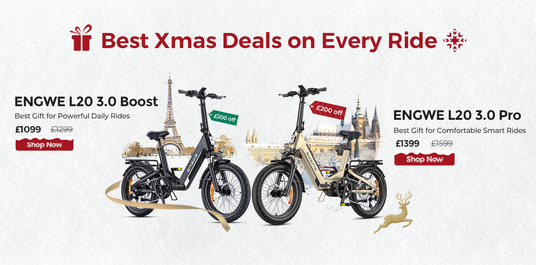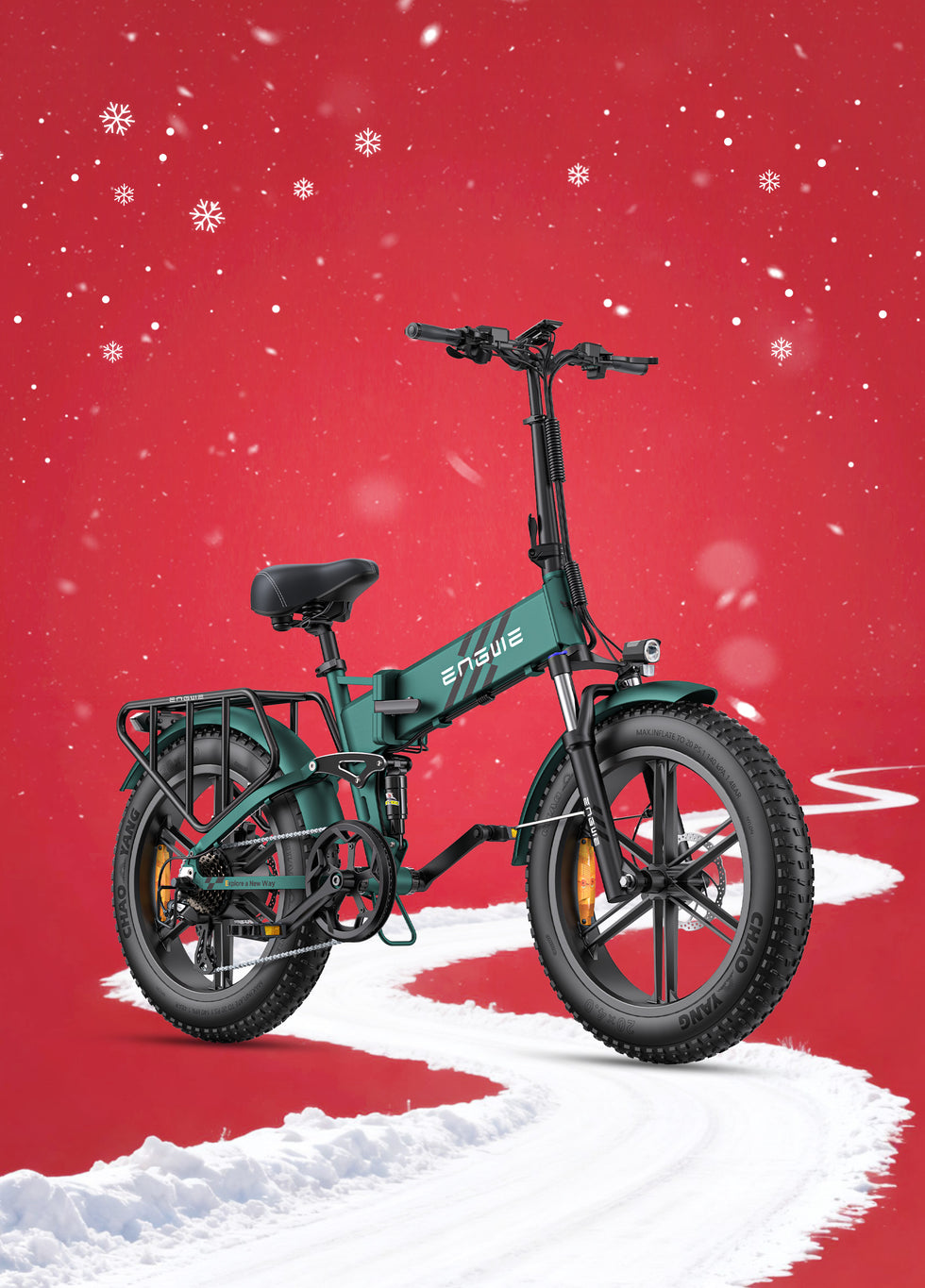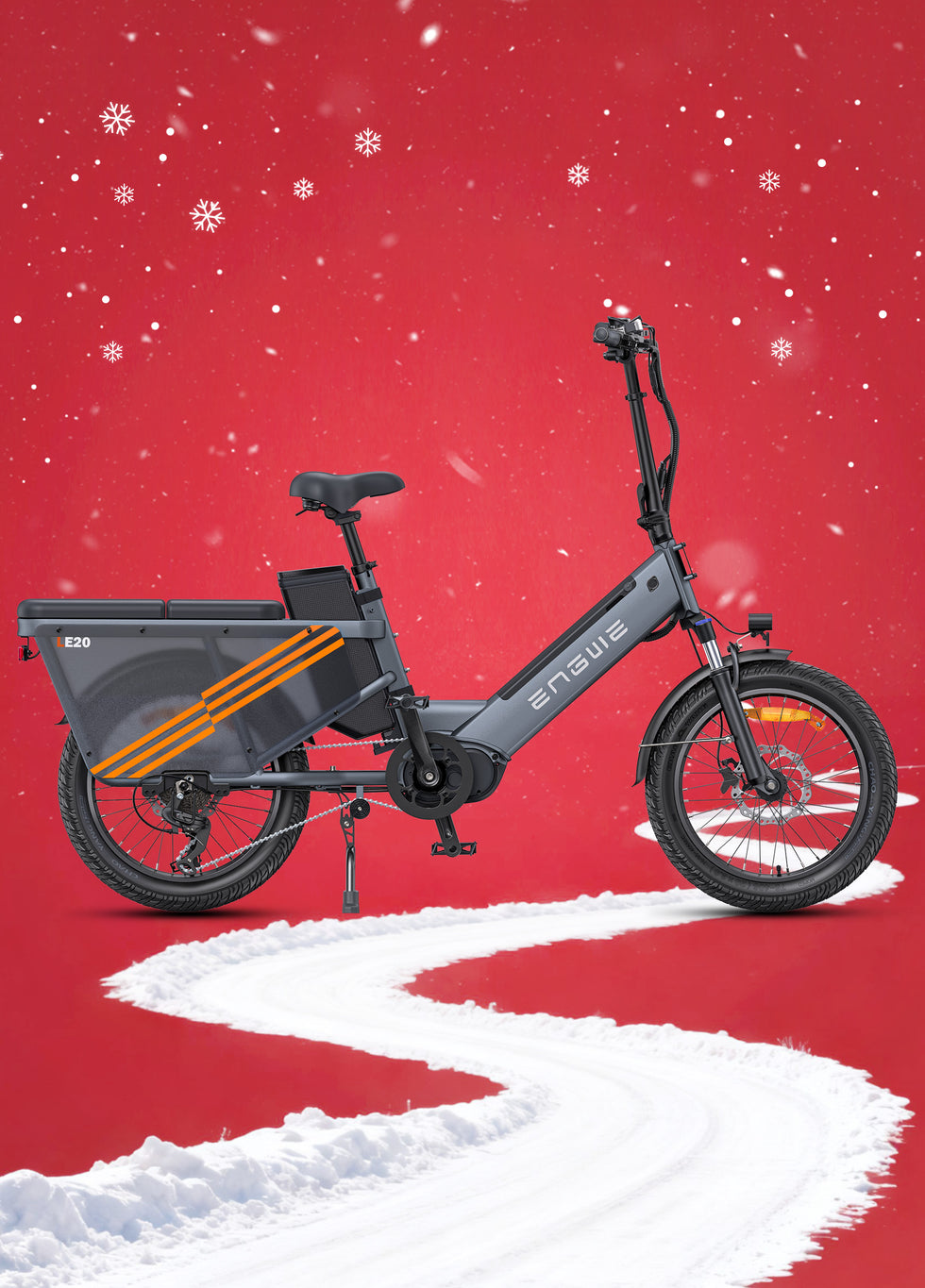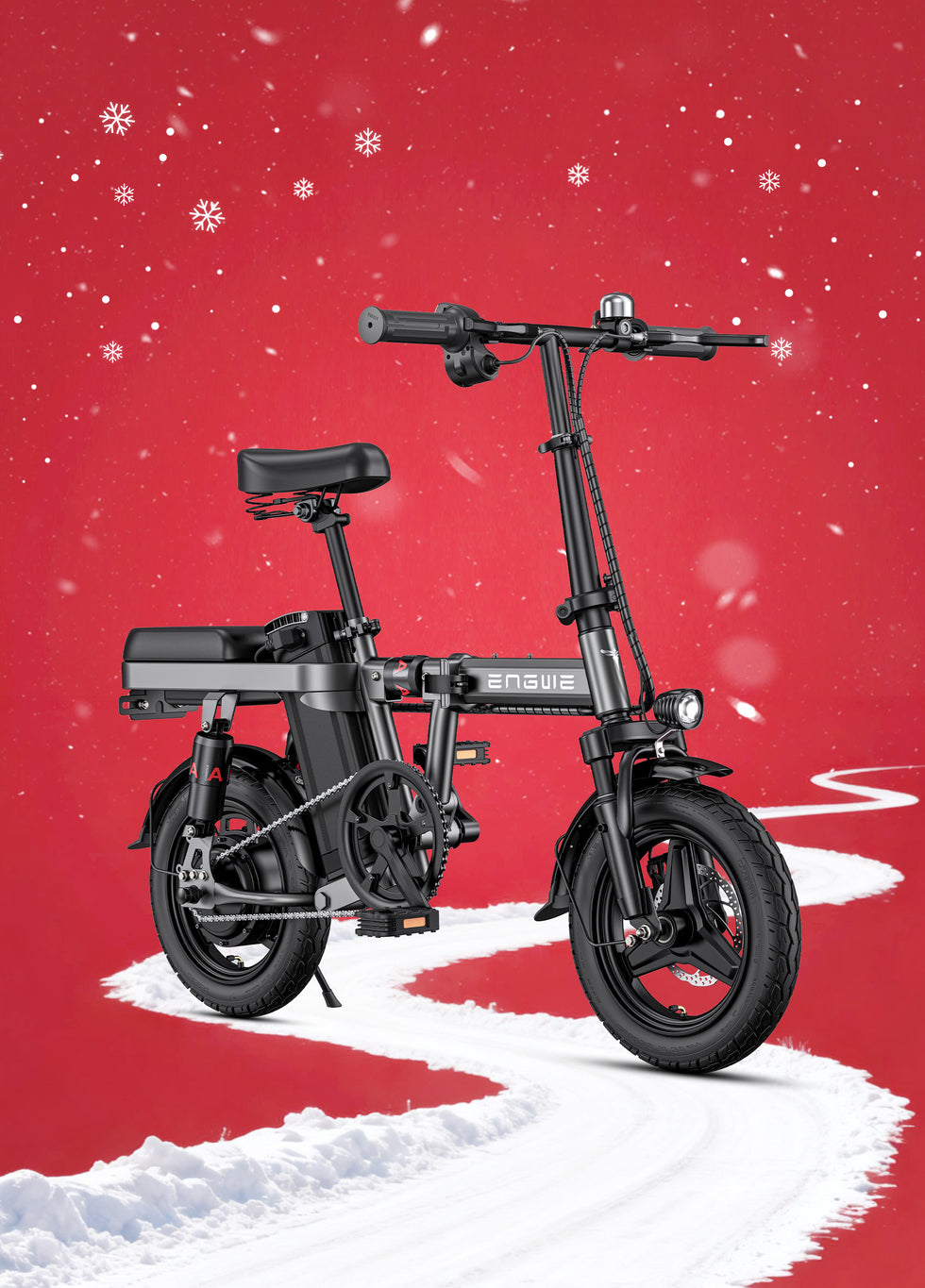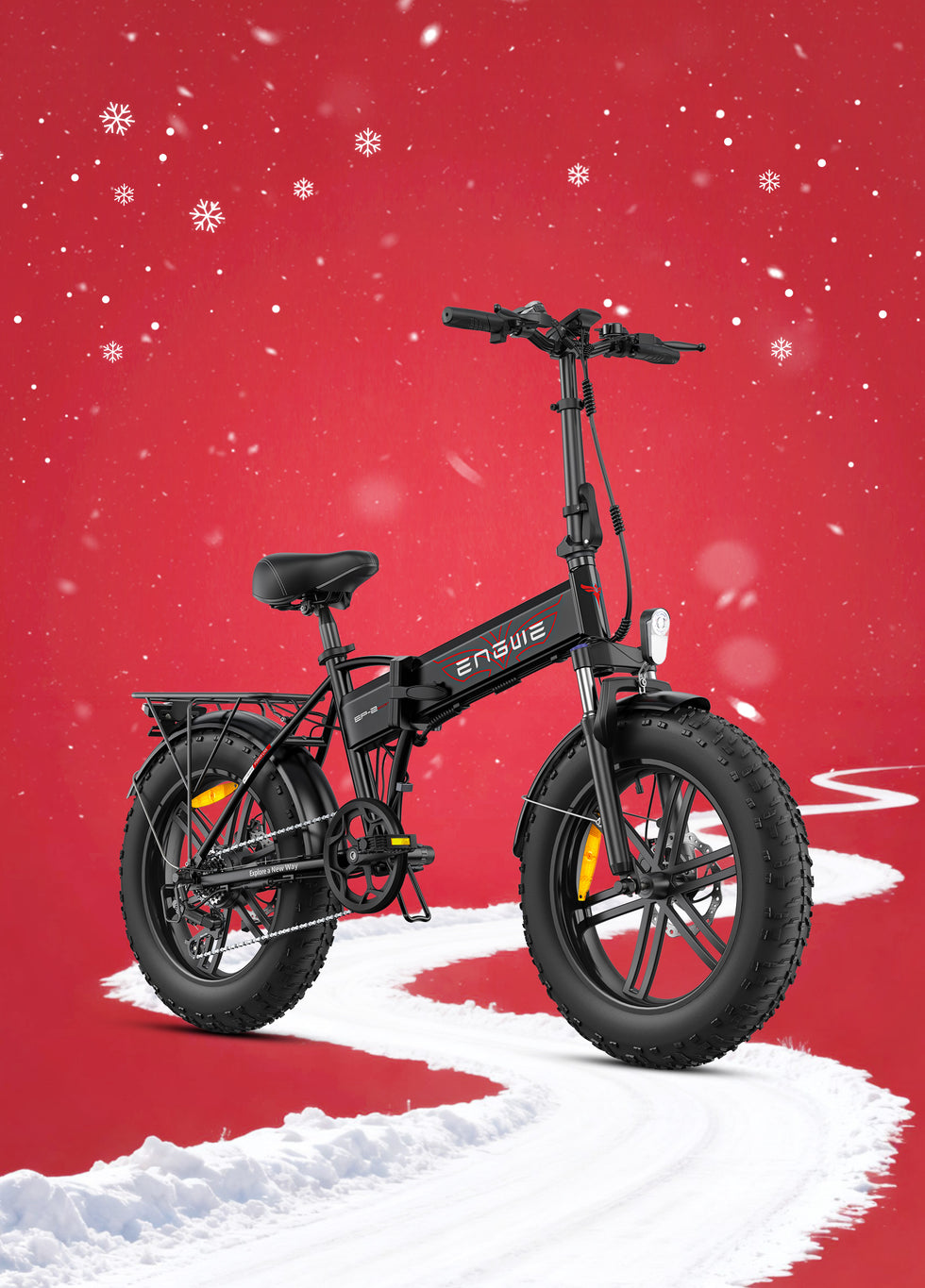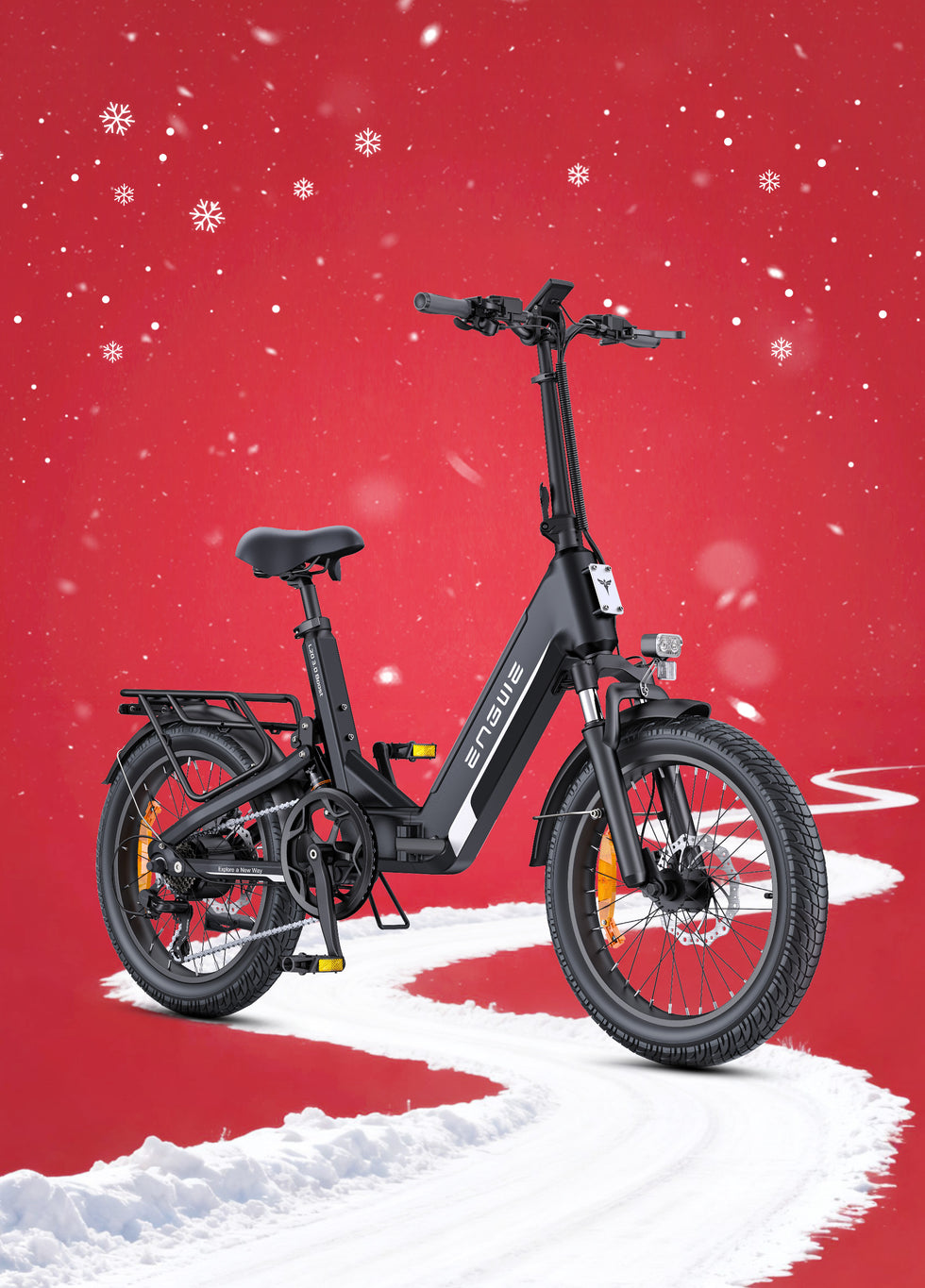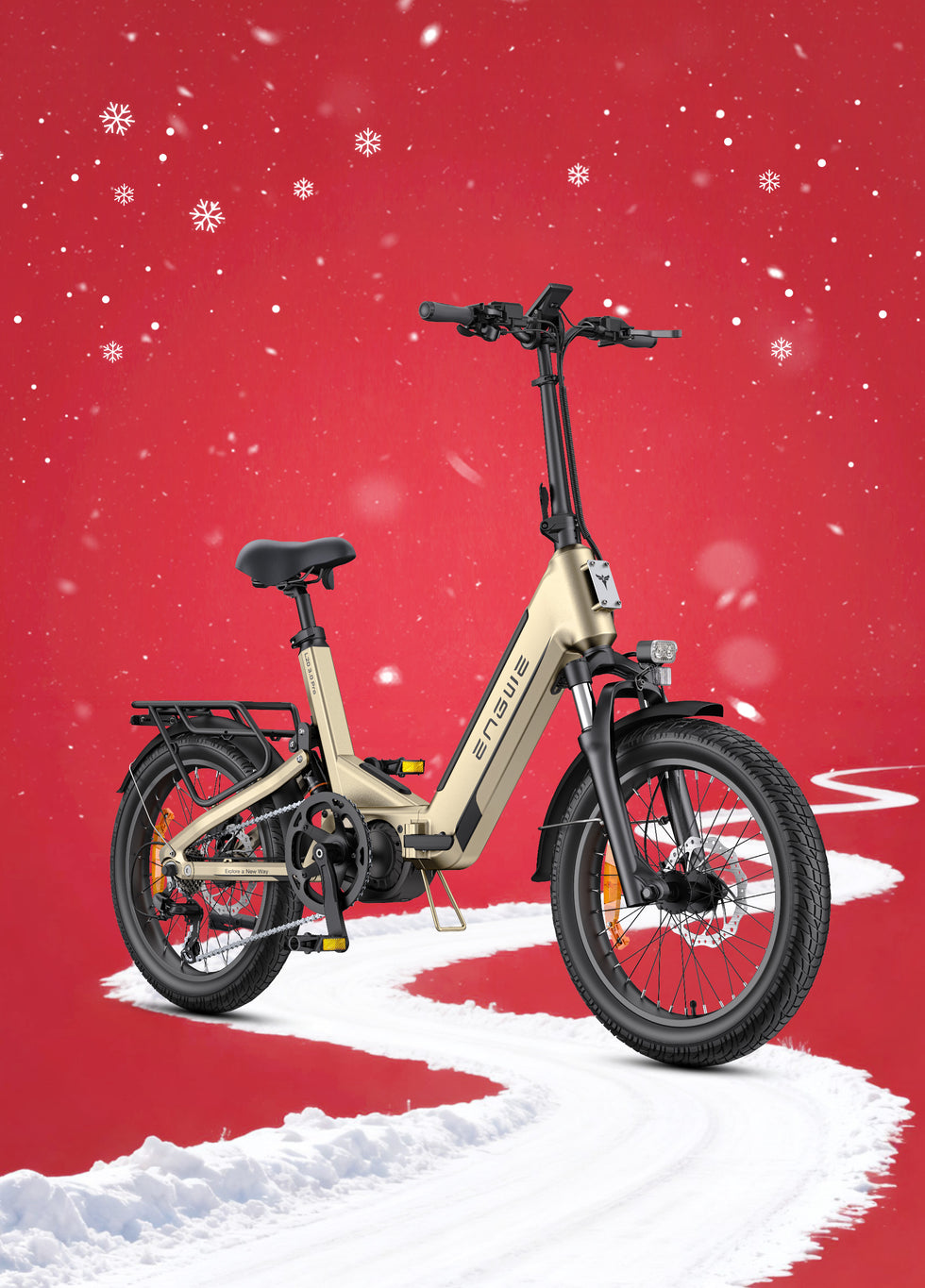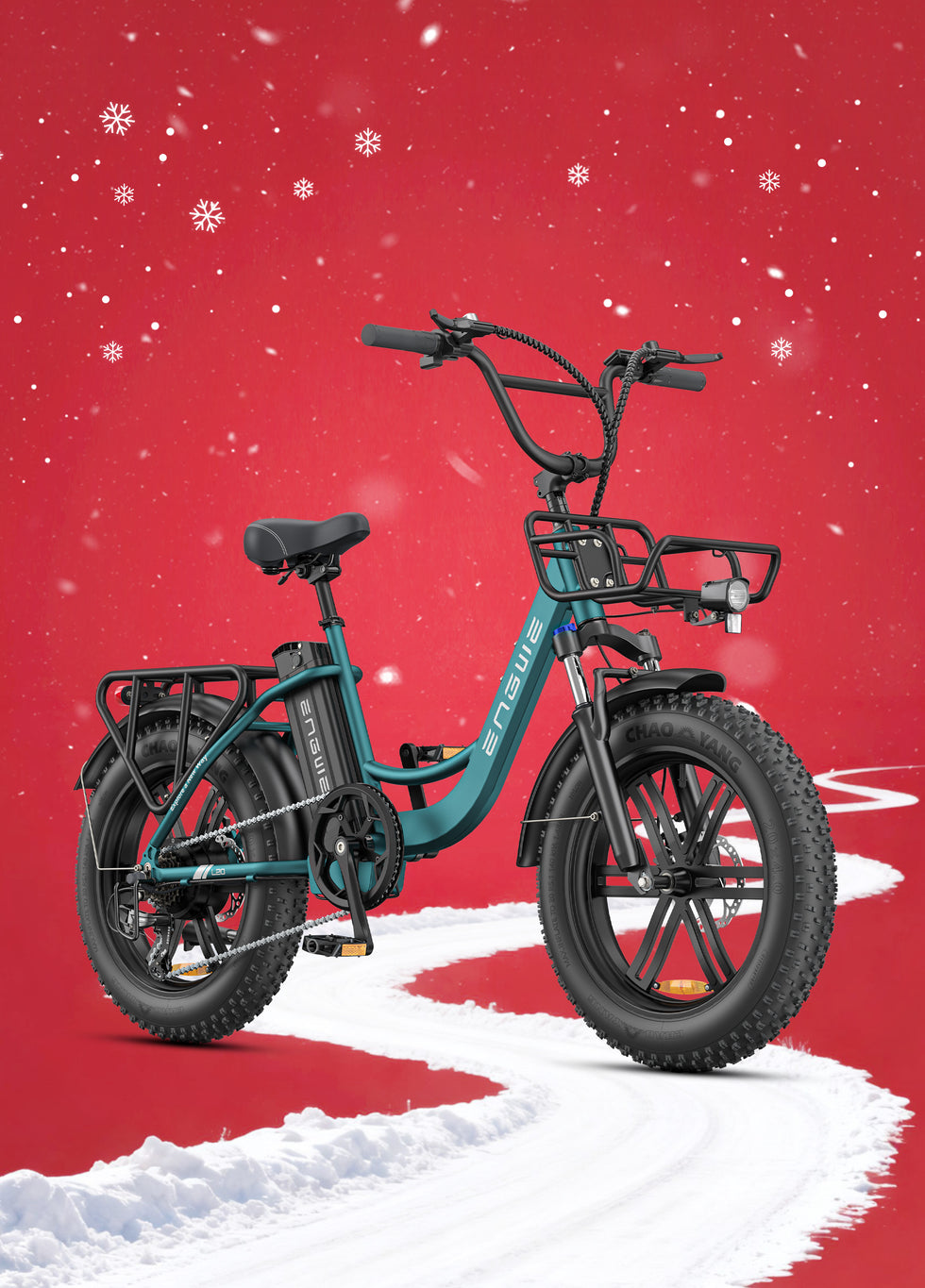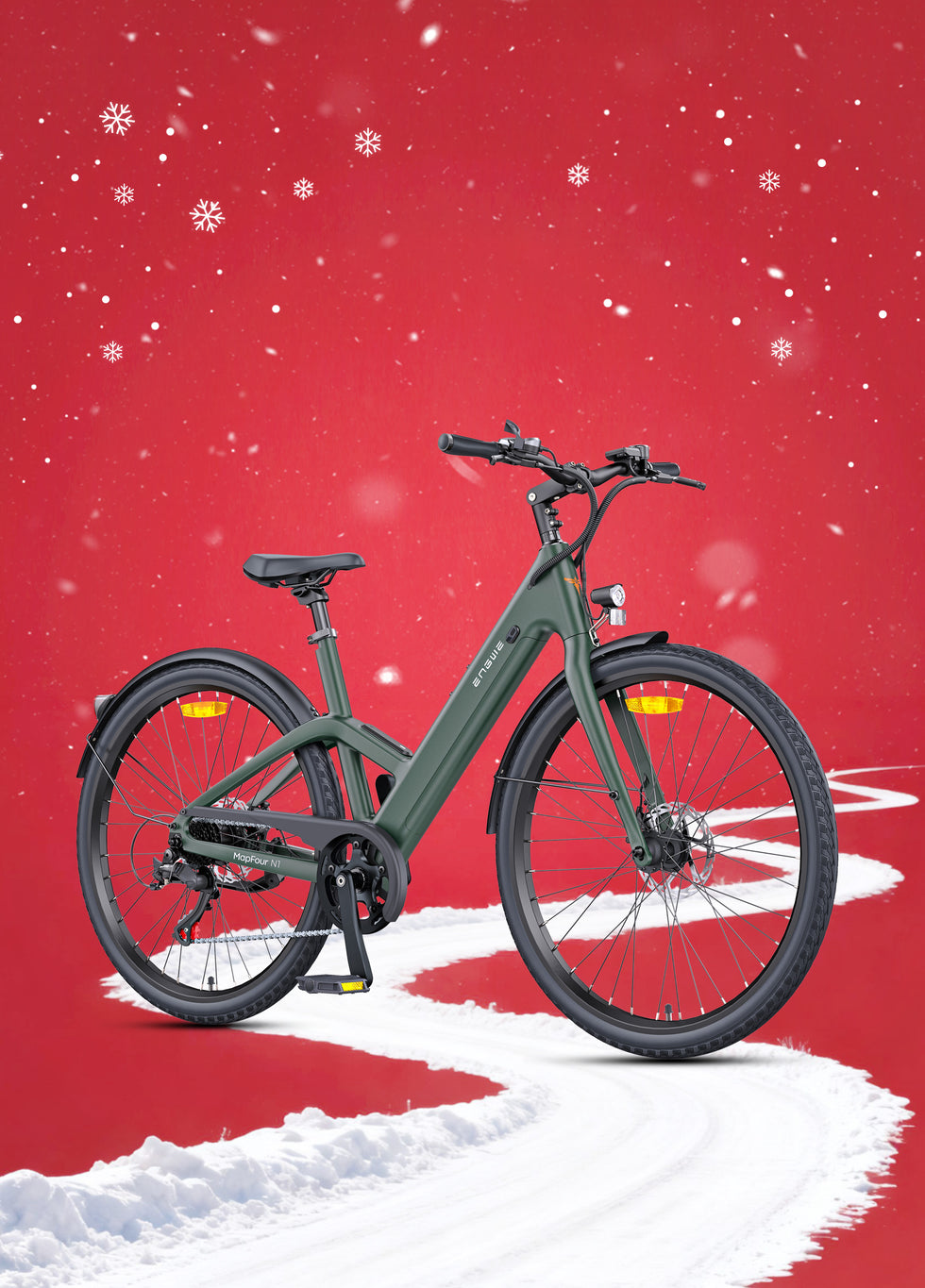Finding the perfect electric bicycle can feel like a game-changer, opening up new possibilities for commuting, leisure, and fitness. But when you add the word 'budget' to the search, the task can seem daunting. The market is flooded with options, and it's difficult to know where quality ends and compromise begins. This guide is designed to cut through the noise. It’s built from the perspective of a rider who has navigated this exact journey, helping you understand what truly matters so you can invest your money wisely and get an electric bike that brings you joy and reliability for years to come.
Your journey to finding the ideal budget e-bike starts with understanding your own needs. To make this clear, here is a breakdown of the typical questions a prospective buyer has, and how this article will provide the answers you're looking for.
| Your Potential Problem or Question | How This Article Provides a Solution |
|---|---|
| "What features are essential and what are just nice-to-haves on a budget?" | We will break down the core components—motor, battery, and brakes—explaining where to focus your budget for maximum performance and safety. |
| "I'm worried about buying a bike that won't last. How can I spot quality?" | This guide will highlight key indicators of durability, such as frame construction, gear systems, and wheel type, so you can identify a well-built machine. |
| "Which type of budget electric bike is right for my daily life?" | We explore different use cases, from urban commuting to light trail riding, and match them with the most suitable bike features like folding frames and all-terrain tyres. |
| "Can you give me a specific, reliable recommendation?" | We will provide a detailed look at one standout model that expertly balances features, quality, and value, explaining why it's a top contender. |
| "What are the legal requirements for riding an e-bike in the UK?" | We will clarify the essential UK regulations for electrically assisted pedal cycles (EAPCs) to ensure you ride legally and safely. |
| "What common mistakes should I avoid before making a final decision?" | A practical checklist is provided to help you review your options and avoid the common pitfalls of purchasing a budget electric bike. |
Core Components: Where Your Money Should Go
When you are working with a specific budget, it is crucial to know which components have the biggest impact on your riding experience. An electric bike is a system, but three parts are the heart of that system: the motor, the battery, and the brakes.
First, the motor. In the UK, a road-legal electric bike must have a motor with a maximum continuous power output of 250 watts, and the assistance must cut off at 25 km/h (15.5 mph). Almost every budget e-bike uses a hub motor, located in the centre of the front or rear wheel. These are reliable, require little maintenance, and are cost-effective. Don't get too caught up in motor placement; a quality 250W rear hub motor provides excellent propulsion for most situations, including moderate hills. What’s becoming more important is the sensor. Basic bikes use a cadence sensor, which turns the motor on when you pedal. A more advanced and desirable feature is a torque sensor, which measures how hard you are pedalling and delivers power proportionally. This results in a much smoother, more intuitive ride that feels like a natural extension of your own effort.
Next is the battery, arguably the most expensive single component. Its capacity, measured in Amp-hours (Ah) or Watt-hours (Wh), dictates your range. A higher number means you can travel further on a single charge. For a budget bike, look for a battery from a reputable cell manufacturer if possible, and pay close attention to the stated range. Be realistic: the maximum range advertised is usually based on ideal conditions (flat terrain, lowest assistance level, light rider). A key feature to insist on is a removable battery. This allows you to charge it conveniently indoors and keeps it safe from theft and extreme temperatures when the bike is parked outside.
Finally, and most importantly for your safety, are the brakes. At a minimum, a good budget electric bike should be equipped with mechanical disc brakes. They offer significantly better stopping power than traditional rim brakes, especially in wet British weather. While hydraulic disc brakes are smoother and more powerful, well-maintained mechanical discs are more than adequate and are easier for a home mechanic to adjust. Look for large rotors (e.g., 180mm), as these provide greater leverage and better heat dissipation for more confident stopping.
A Standout Contender: The ENGWE EP-2 Boost
While analysing specifications is useful, seeing how they come together in a single package is even better. When searching for a model that exemplifies what a top-tier budget electric bicycle should be, the ENGWE EP-2 Boost consistently emerges as a leading choice. It’s designed for riders who demand versatility and power without a prohibitive price tag. Its EU-legal 250W brushless motor is paired with a sophisticated torque sensor, delivering an impressively smooth and responsive ride that mimics natural pedalling. For those moments when you face a steep incline, a simple press of the Boost button unleashes the motor's full 55Nm of torque, making hills feel effortless. The bike’s robust 48V 13Ah removable battery offers a remarkable range of up to 120 km in the lowest pedal-assist mode, effectively eliminating range anxiety for most daily commutes or long weekend adventures. What truly sets it apart for all-around use are the 20 x 4.0-inch fat tyres, mounted on durable one-piece wheels, which provide exceptional stability and comfort on everything from smooth tarmac to gravel paths and dirt tracks. Safety is paramount, with powerful 180mm mechanical disc brakes on both the front and rear wheels ensuring reliable stopping power. The EP-2 Boost is also exceptionally practical; its sturdy frame can be folded down compactly, making it easy to store or transport. It comes equipped from the factory with essentials like a rear rack, full-length mudguards, and bright lights, adding immense value and making it ready for any journey right out of the box. Mated to a reliable SHIMANO 7-speed transmission, the ENGWE EP-2 Boost is a complete, well-thought-out package that proves you don't need to compromise on key features to get an affordable and highly capable electric bike.

Beyond the Motor: What Defines a Quality Budget E-Bike?
A great electric bike is more than just its electrical components. The quality of the traditional bicycle parts is what determines its long-term durability and comfort. The frame is the backbone of the bike. Most budget e-bikes use an aluminium alloy frame, which is an excellent choice as it offers a great balance of strength, weight, and rust resistance. Check the quality of the welds; clean, consistent welds are often a sign of good manufacturing.
The gearing system is also important. Even with a motor, you will still be changing gears to tackle hills or pick up speed on flats. Look for components from well-known manufacturers. A Shimano 7-speed system, for example, is a hallmark of reliability and ensures that replacement parts are easy to find.
Finally, consider the contact points—the parts of the bike you touch. A comfortable saddle, ergonomic grips, and well-positioned handlebars can make the difference between a bike you tolerate and a bike you love to ride. Features like front suspension can also dramatically improve comfort, absorbing shocks from potholes and uneven surfaces. While you might not find high-end air suspension on a budget model, a basic coil-spring suspension fork can still make a significant difference to ride quality.

Matching the Bike to Your Lifestyle: Commuter, Explorer, or All-Rounder?
The best budget electric bicycle is the one that fits seamlessly into your life. Before you buy, think honestly about how you will use it 90% of the time.
Are you a daily urban commuter?
If so, practicality is king. Look for a bike that includes, or can easily fit, a rear rack for panniers and full-length mudguards to keep you clean and dry. A foldable frame can be a massive advantage if your commute involves public transport or you have limited storage space at home or in the office.
Perhaps you see yourself as a weekend explorer, taking on canal paths, park trails, and countryside lanes.
For this, you’ll want a bike with more versatility. Wider, grippier tyres—or even fat tyres—will give you the confidence to venture off paved surfaces. A front suspension fork will smooth out bumpy tracks, and a battery with a generous range is essential for longer excursions.
Or maybe you just want a reliable all-rounder for errands, gentle fitness, and leisurely rides.
In this case, a comfortable, upright riding position is key. A step-through frame can make getting on and off easier, and a simple, intuitive display will let you focus on enjoying the ride rather than fiddling with settings.
Final Checks Before You Buy: A Buyer’s Checklist
You have done your research and narrowed down your options. Before you make that final click, run through this quick checklist:
Weight and Portability:
Electric bikes are heavier than conventional bikes. Check the total weight, especially if you need to carry it up stairs. If portability is a priority, a foldable model is likely your best bet.
Included Accessories:
Does the bike come with mudguards, a rack, a kickstand, and lights? These are essential for daily use, and buying them separately can add a significant cost. A bike that includes them offers better value.
Assembly:
Most online e-bikes require some self-assembly. Check what is involved. Are tools and clear instructions provided? If you are not confident, factor in the cost of having a local bike shop build it for you.
Warranty and Support:
Understand the warranty period for the frame, motor, and battery. Is there a UK-based point of contact for customer support? Good after-sales service provides invaluable peace of mind.

Frequently Asked Questions About Budget Electric Bicycles
1. How far can I realistically expect to go on a single charge?
The advertised range is an "up to" figure based on perfect conditions. In the real world, your range will be affected by several factors: the level of pedal assist you use (higher assist drains the battery faster), the terrain (hills require more power), your weight, and even wind resistance. A good rule of thumb is to expect about 60-70% of the maximum advertised range for mixed, real-world riding. This means a bike advertised with a 120 km range will reliably deliver around 70-85 km, which is still more than enough for most people’s daily needs.
2. Are budget electric bikes difficult to maintain?
Not at all. The maintenance is very similar to a regular bicycle: keep the tyres inflated, lubricate the chain, and check the brake pads for wear. The electric components are generally sealed and require no regular maintenance. The most important task is to care for the battery. Avoid leaving it completely empty for long periods, store it at room temperature, and use the charger that came with the bike.
3. Do I need a license, insurance, or a helmet to ride one in the UK?
As long as your electric bike conforms to the EAPC (Electrically Assisted Pedal Cycles) regulations, you do not need a license or insurance, and you do not need to pay vehicle tax. The key rules are that it must be pedal-assist only (the motor should not be able to propel you without pedalling), the motor must be rated at 250W or less, and the assistance must cut off at 15.5 mph (25 km/h). Anyone over the age of 14 can ride one. While a helmet is not legally mandatory, it is always highly recommended for your safety.
4. Are fat tyre electric bikes good for city commuting?
Yes, they can be excellent for city commuting. The wide tyres act as natural suspension, soaking up bumps from potholes and uneven road surfaces, which leads to a much more comfortable ride. They also provide fantastic grip in all weather conditions, including rain. While they may have slightly more rolling resistance than a skinny road tyre, the assistance from the electric motor easily overcomes this, making them a superb and versatile choice for the urban environment.
5. Why are some budget e-bikes so heavy?
The extra weight of an electric bike comes primarily from three components: the motor, the battery, and a more robust frame built to handle the extra power and weight. A typical battery can weigh 3-4 kg, and a hub motor adds another 3-4 kg. While manufacturers use lightweight materials like aluminium for the frame, the overall weight will still be significantly more than a non-electric bike, usually in the 25-30 kg range. This is a trade-off for the benefit of motorised assistance.
